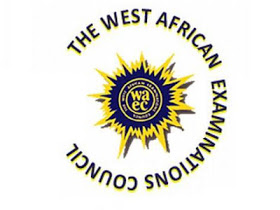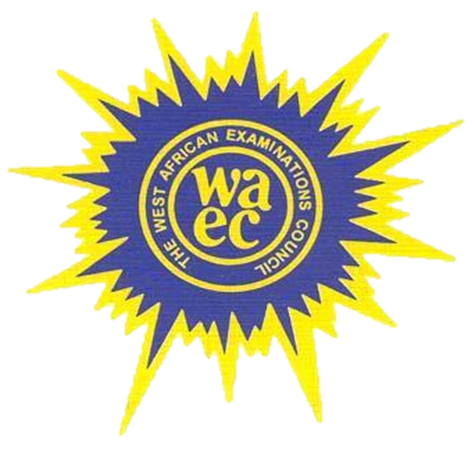NECO 2024 Biology practical– June/July Expo
WELCOME TO AYOSTUFFS BEST EXAM EVER
==================================
KEEP REFRESH THIS PAGE IN EVERY 5MIN
==================================
NECO BIOLOGY PRACTICAL
NUMBER ONE
(1ai)
Specimen A - onion (bulb)
Specimen B - Ginger (Rhizome)
Specimen C - Irish potato (tuber)
Specimen D - Potted bean seedlings (A week old)
Specimen E - Maize grain
(1aii)
Specimen A - By bulbs
Specimen B - By Rhizomes
Specimen C - By tubers
(1aiii)
Check the diagram below
(1aiv)
Specimen D - Epigeal germination
Specimen E - Hypogeal germination
(1av)
-Specimen D-
(PICK ANY TWO)
(i) The cotyledons are brought above the ground during germination.
(ii) The hypocotyl elongates and arches, forming a hook.
(iii) The hook grows upward until it reaches the surface of the soil.
(iv) The cotyledons then spread out and become the first leaves of the plant.
-Specimen E -
(PICK ANY TWO)
(i) The cotyledons remain below the ground during germination.
(ii) The epicotyl elongates and arches, forming a hook.
(iii) The hook grows upward until it reaches the surface of the soil.
(iv) The cotyledons then spread out and become the first leaves of the plant.
(1avi)
Specimen D - Tap root system
Specimen E - Adventitious root system
(1avii)
Specimen D - Pinnate venation
Specimen E - Parallel venation
(1aviii)
Specimen A - scales
Specimen B - Rhizome
Specimen C - Eyes
=========================================
NUMBER TWO
(2a)
Specimen F - Pigeon's head with neck
Specimen G - Atlas vertebra of a rabbit
Specimen H - Lumbar vertebra of a rabbit
Specimen I - Cactus plant
Specimen J - Water lettuce
(2aii)
(PICK ANY ONE)
(i) Protects the spinal cord
(ii) Provides a smooth surface for the skull to rotate on
(iii) Allows for the attachment of muscles that move the head
(iv) Helps to distribute weight evenly across the spine
(2aiii)
-Specimen G-
Located at the top of the spine, just below the skull
-Specimen H-
Located in the middle of the spine, between the thoracic vertebrae and the sacral vertebrae
(2aiv)
Occipital condyles of the skull
(2av)
Check the diagram below
(2avi)
Mammalia
(2avii)
-Specimen I-
(PICK ANY THREE)
(i) Thick, fleshy stem for water storage
(ii) Small, spine-like leaves to reduce water loss
(iii) Shallow, wide-spreading roots for water absorption
(iv) Thick, waxy coating on surface to reduce water loss
(v) Ability to store water in tissues for drought survival
-Specimen J-
(PICK ANY TWO)
(i) Large, flat surface area for sunlight and nutrient absorption
(ii) Long, trailing stem to reach water surface
(iii) Spongy, air-filled tissue for buoyancy
(iv) Small, hair-like roots for nutrient absorption
(v) Waxy coating on leaves to prevent water loss
=========================================
(3ai)
Specimen; K-Ripe Tomato fruit
Specimen; L - Ripe Palm fruit
Specimen; M-Ripe Tridax fruit
Specimen; N - Ripe Mango fruit
Specimen; O-Ripe flamboyant flower.
(3aii)
Specimen K; Berry
Specimen L; Berry
Specimen M; Cypsela
(3aiii)
Specimen K; Axile
Specimen N; Axile
(3aiv)
Specimen L; Dispersal by Animal
Specimen M; Dispersal by wind
(3av)
(i)Hooks
(ii)Lightweight
(iii)Sticky surface
(3avi)
Specimen K
(i)Small sized
(ii)Red coloured
Specimen
(i)Big sized
(ii) Yellow coloured
(3avii)
[ BIOLOGY PRACTICAL
=========================================
COMPLETED
=========================================




Comments
Post a Comment